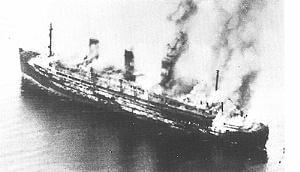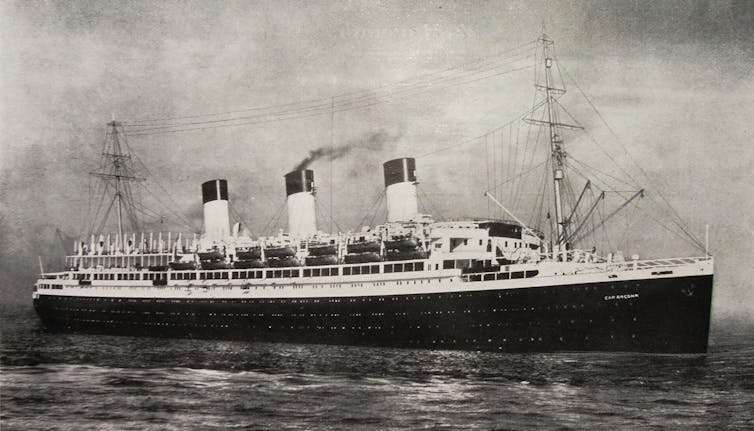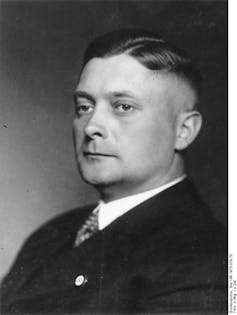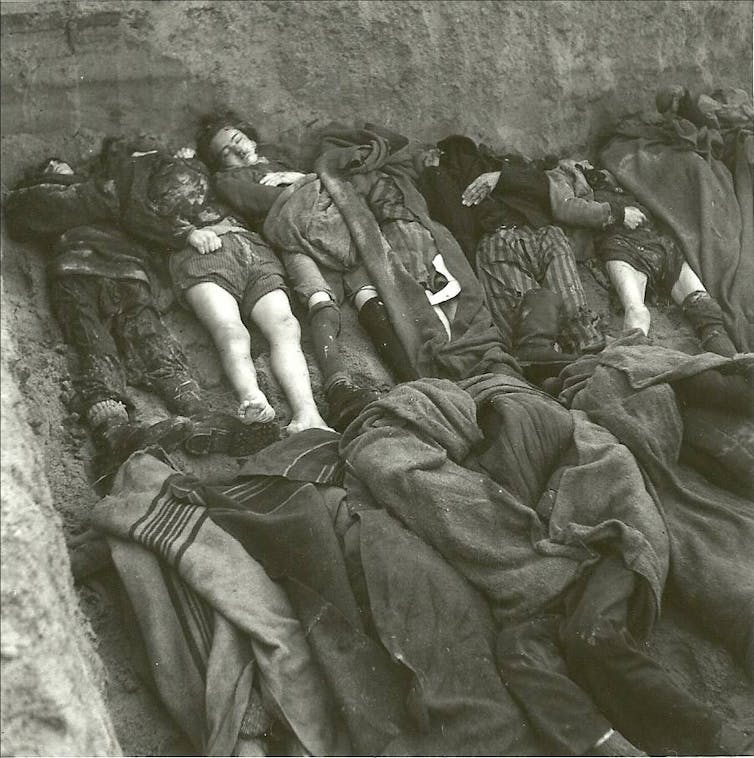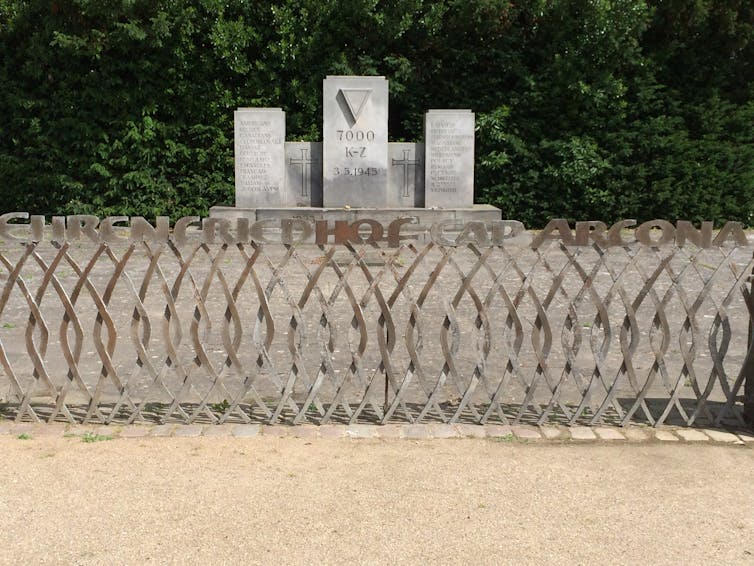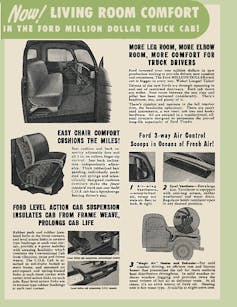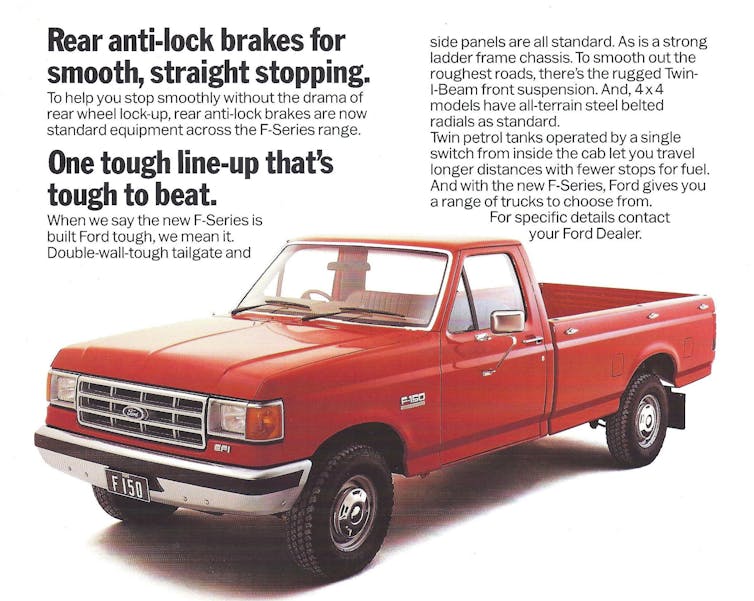These 11 pieces of gear keep me running (and riding my bike) through the winter. I rock and roll in everything except ice/snow (because I have a history of twisting my ankle, which sidelines me for weeks).
Thankfully, most snow doesn’t last more than a few days on the streets here.
This setup has kept me in fighting shape down into below freezing temperatures +/- windchill.
I actually used to hate running. It was my least favorite part of triathlons, and I dreaded the pavement pounding.
Trail running is a different animal, and I wish I could do more of that. But these days I’m rediscovering city running as part of my daily minimum effective dose of exercise regimen.
I don’t track mileage. I just run for the fun of it. The way that gives me joy.
- Switched from heel strike to toe strike.
- Reduced my stride length.
- Breathe only through my nose.
- Became more aware of feeling the rhythm rather than constantly wondering why I was running.
Which means a quick-paced run of a mile or so finished off with a few sprint intervals. 20-25 minutes. Fires up the endorphins and sets me up for the day.
Especially when it’s cold out and there’s no one else out. The sharp cold is invigorating. Like a Scottish shower.
Many of of these items earn usage everyday. Good gear is good for momentum.
1.Pearl Izumi Ride Pro Lobster Gloves
I dig these because the provide the warmth of a mitt format, but with as much dexterity I need usually. They have nice grippy palms.
Plus, the thumb are is a soft area perfect for swiping away any moisture/sweat with built in wipes.
My only hack on these was to sew on little buckles so they could snap together when I need to stow them together and not lose one.
2. Outdoor Research Versaliners
Two-in-one double layer gloves. These ingenious glove design comes with a waterproof shell that stows away in a pocket.
Good for autumn and cooler rainy days.
These also pull double duty as an additional inner layer inside my Pearl Izumi gloves.
3. Columbia Rebel Roamer Pants
I break these out in the really foul weather when it’s raining. These have always kept me warm and dry.
My version is packable, which is handy for days when you head out and the weather may turn nasty but not yet.
The velcro closures on the bottom are a nice touch for getting the pant cinched up around boots.
They’re also an integral part of my snowball defense armor haha.
4. Cap Comforter aka Commando Cap
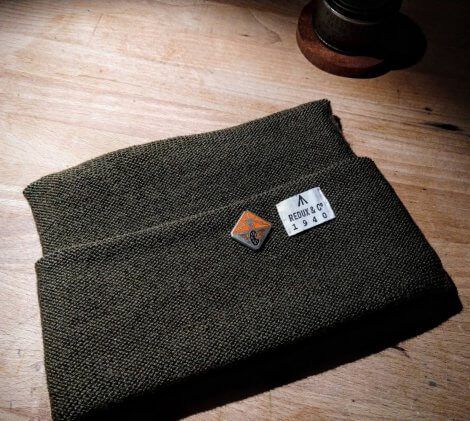
This is from my cabinet of curiosities. I made this from a military surplus wool scarf.
It’s modeled after one of the longest-serving pieces of military gear that’s been in action since WWI and originated by the British. They called it the Cap Comforter and was standard issue for soldiers. However, commando units adopted wide usage of these because of its versatility.

There’s four layers of wool to fend off even the coldest winds, and also avoids the prophylactic look of most caps.
The original ones were meant to also double as a scarf, but I knew I’d never wear it as a scarf, so I trimmed it to make it less bulky. But I left enough so that it can ride higher just at the ear tips or I can pull it down when I need more coverage.
The pin is from the U.S. Army signal corp. The 124th battalion enlisted Commanche Native Americans in radio communications to befuddle German code breakers. This crew became one of the first troops to assault the shores of Normandy and provide intel for awaiting forces.
This is the baselayer. It also gets worn every day for my morning workouts.
As you can see I love wool, especially merino. I love that it doesn’t hold stink like synthetics, holds heat even when wet, dries quickly.
Also, zero itch factor and I’ve had mine for years and it shows no signs of giving up.
6. Smartwool Merino Wool Longsleeve
Modulates body temp so I’m never feeling too cold nor too hot. This is my go-to sweater most days.
Good for a run. Good at the office. Good always.
7. Eddie Bauer Microtherm 2.0 down jacket
Thin and light but mighty warm.
Ultralight and windproof helps cut through any wind. It does a great job of not adding almost zero bulk but blocks out the chill.
It’s also breathable so I’m not accumulating moisture and wetness as I run.
This shoe was a game changer for me. The wide sole and toe box changed my gait and reduced knee pain.
10. Smartwool PhD merino wool socks
Once you go wool, you can’t go back.
11. LED light belt
I wear it crisscross my torso from my shoulder.












